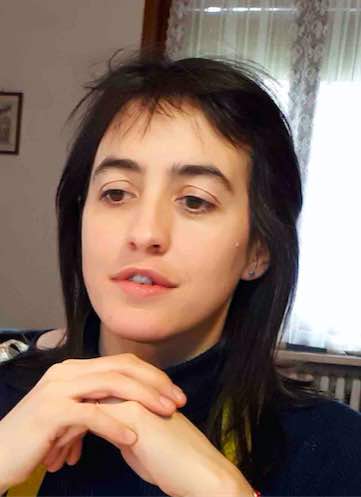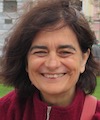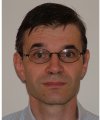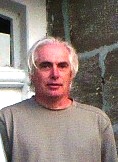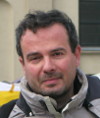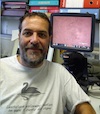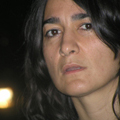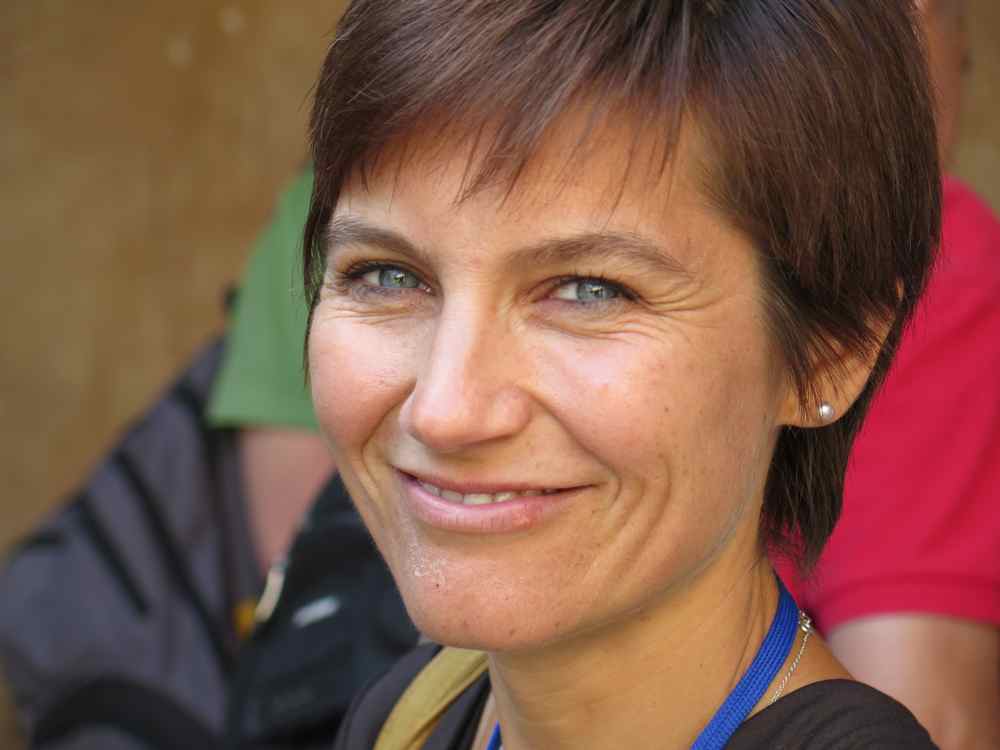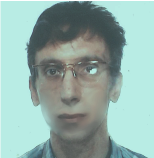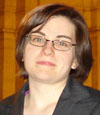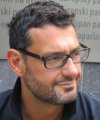Studying at the University of Verona
Here you can find information on the organisational aspects of the Programme, lecture timetables, learning activities and useful contact details for your time at the University, from enrolment to graduation.
Academic calendar
The academic calendar shows the deadlines and scheduled events that are relevant to students, teaching and technical-administrative staff of the University. Public holidays and University closures are also indicated. The academic year normally begins on 1 October each year and ends on 30 September of the following year.
Course calendar
The Academic Calendar sets out the degree programme lecture and exam timetables, as well as the relevant university closure dates..
| Period | From | To |
|---|---|---|
| I - II semestre | Oct 2, 2017 | Jun 15, 2018 |
| I sem. | Oct 2, 2017 | Jan 31, 2018 |
| II sem. | Mar 1, 2018 | Jun 15, 2018 |
| Session | From | To |
|---|---|---|
| Sessione invernale d'esami | Feb 1, 2018 | Feb 28, 2018 |
| Sessione estiva d'esame | Jun 18, 2018 | Jul 31, 2018 |
| Sessione autunnale d'esame | Sep 3, 2018 | Sep 28, 2018 |
| Session | From | To |
|---|---|---|
| Sessione di laurea estiva | Jul 23, 2018 | Jul 23, 2018 |
| Sessione di laurea autunnale | Oct 17, 2018 | Oct 17, 2018 |
| Sessione autunnale di laurea | Nov 23, 2018 | Nov 23, 2018 |
| Sessione di laurea invernale | Mar 22, 2019 | Mar 22, 2019 |
| Period | From | To |
|---|---|---|
| Christmas break | Dec 22, 2017 | Jan 7, 2018 |
| Easter break | Mar 30, 2018 | Apr 3, 2018 |
| Patron Saint Day | May 21, 2018 | May 21, 2018 |
| VACANZE ESTIVE | Aug 6, 2018 | Aug 19, 2018 |
Exam calendar
Exam dates and rounds are managed by the relevant Science and Engineering Teaching and Student Services Unit.
To view all the exam sessions available, please use the Exam dashboard on ESSE3.
If you forgot your login details or have problems logging in, please contact the relevant IT HelpDesk, or check the login details recovery web page.
Should you have any doubts or questions, please check the Enrollment FAQs
Academic staff
 alberto.benvegnu@univr.it
alberto.benvegnu@univr.it
 maurizio.boscaini@univr.it
maurizio.boscaini@univr.it
 federico.busato@univr.it
federico.busato@univr.it
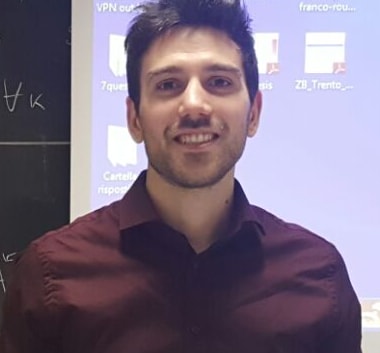
Cordoni Francesco Giuseppe
 francescogiuseppe.cordoni@univr.it
francescogiuseppe.cordoni@univr.it
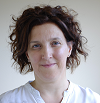
Magazzini Laura
 laura.magazzini@univr.it
laura.magazzini@univr.it
 045 8028525
045 8028525
 gino.mariotto@univr.it
gino.mariotto@univr.it

Mazzuoccolo Giuseppe
 giuseppe.mazzuoccolo@univr.it
giuseppe.mazzuoccolo@univr.it
 +39 0458027838
+39 0458027838
Zini Giovanni
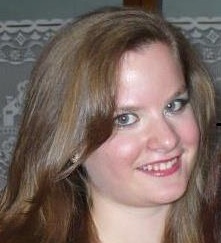
Zoppello Marta
 simone.zuccher@univr.it
simone.zuccher@univr.it
Study Plan
The Study Plan includes all modules, teaching and learning activities that each student will need to undertake during their time at the University.
Please select your Study Plan based on your enrollment year.
1° Year
| Modules | Credits | TAF | SSD |
|---|
2° Year activated in the A.Y. 2018/2019
| Modules | Credits | TAF | SSD |
|---|
3° Year activated in the A.Y. 2019/2020
| Modules | Credits | TAF | SSD |
|---|
| Modules | Credits | TAF | SSD |
|---|
| Modules | Credits | TAF | SSD |
|---|
| Modules | Credits | TAF | SSD |
|---|
| Modules | Credits | TAF | SSD |
|---|
Legend | Type of training activity (TTA)
TAF (Type of Educational Activity) All courses and activities are classified into different types of educational activities, indicated by a letter.
Dynamical Systems (2018/2019)
Teaching code
4S00244
Credits
9
Language
Italian
Also offered in courses:
- Dynamical Systems of the course Bachelor's degree in Applied Mathematics
Scientific Disciplinary Sector (SSD)
MAT/05 - MATHEMATICAL ANALYSIS
The teaching is organized as follows:
Parte I
Credits
6
Period
II semestre
Academic staff
Marta Zoppello
Esercitazioni 2 parte II
Esercitazioni parte II
Learning outcomes
The aim of the course is the introduction of the theory and of some applications of continuous and discrete dynamical
systems, that describe the time evolution of quantitative variables. At the end of the course a student will be able to
investigate the stability and the character of an equilibrium and to produce and investigate the qualitative analysis of a
system of ordinary differential equations and the phase portrait of a dynamical system in dimension 1 and 2.
Moreover a student will be able to study the presence and the nature of limit cycles and to analyse some basic
applications of dynamical systems arising from population dynamics, mechanics and traffic flows.
Eventually a student will be also able to produce proofs using the typical tools of modern dynamical
Program
1. Basic principles.
The Cauchy Problem. Completeness. Flows and orbits. Re-parametrization. Local rectifiability Theorem. First examples: exponential growth, the logistic equation, the Lotka–Volterra equation, the SIS and SIR models, car-following…
2. Models and examples
One-dimensional systems. Conservative systems with one degree of freedom, Newtonian systems. Linear systems: dimension 1, 2, n. Non-linear systems in R^2.
3. Discrete-time systems.
Definitions. Examples: bacterial growth, Fibonacci, structured populations, AIMD…
Linear systems and z-transform. Stability.
4. Stability
Definition. Lyapunov theory. Alpha and Omega-limits. Poincaré-Bendixson Theorem.
Bibliography
| Activity | Author | Title | Publishing house | Year | ISBN | Notes |
|---|---|---|---|---|---|---|
| Parte I | M.W. Hirsch e S. Smale | Differential equations, dynamical systems, and linear algebra | Academic Press | 1974 | ||
| Parte I | S. Strogatz | Nonlinear Dynamics and Chaos: With Applications to Physics, Biology, Chemistry, and Engineering | Westview Press | 2010 | ||
| Parte I | F. Fasso` | Primo sguardo ai sistemi dinamici | CLEUP | 2016 | ||
| Esercitazioni 2 parte II | M.W. Hirsch e S. Smale | Differential equations, dynamical systems, and linear algebra | Academic Press | 1974 | ||
| Esercitazioni 2 parte II | S. Strogatz | Nonlinear Dynamics and Chaos: With Applications to Physics, Biology, Chemistry, and Engineering | Westview Press | 2010 | ||
| Esercitazioni 2 parte II | F. Fasso` | Primo sguardo ai sistemi dinamici | CLEUP | 2016 | ||
| Esercitazioni parte II | M.W. Hirsch e S. Smale | Differential equations, dynamical systems, and linear algebra | Academic Press | 1974 | ||
| Esercitazioni parte II | S. Strogatz | Nonlinear Dynamics and Chaos: With Applications to Physics, Biology, Chemistry, and Engineering | Westview Press | 2010 | ||
| Esercitazioni parte II | F. Fasso` | Primo sguardo ai sistemi dinamici | CLEUP | 2016 |
Examination Methods
A written exam with exercises: phase portrait in 2D for a non-linear dynamical system; computation of trajectories and stability for a discrete-time system, phase portrait in 2D for a non-linear dynamical system; computation of trajectories and stability for a discrete-time system; stability analysis for a system.
The written exam tests the following learning outcomes:
- To have adequate analytical skills;
- To have adequate computational skills;
- To be able to translate problems from natural language to mathematical formulations;
- To be able to define and develop mathematical models for physics and natural sciences.
An oral exam with 2-3 theoretical questions. The oral exam is compulsory and must be completed within the session
in which the written part has been done.
The oral exam tests the following learning outcomes:
- To be able to present precise proofs and recognise them.
Type D and Type F activities
Modules not yet included
Career prospects
Module/Programme news
News for students
There you will find information, resources and services useful during your time at the University (Student’s exam record, your study plan on ESSE3, Distance Learning courses, university email account, office forms, administrative procedures, etc.). You can log into MyUnivr with your GIA login details: only in this way will you be able to receive notification of all the notices from your teachers and your secretariat via email and soon also via the Univr app.
Graduation
Documents
| Title | Info File |
|---|---|
|
|
pdf, it, 31 KB, 29/07/21 |
|
|
pdf, it, 31 KB, 29/07/21 |
|
|
pdf, it, 171 KB, 20/03/24 |
List of theses and work experience proposals
| theses proposals | Research area |
|---|---|
| Formule di rappresentazione per gradienti generalizzati | Mathematics - Analysis |
| Formule di rappresentazione per gradienti generalizzati | Mathematics - Mathematics |
| Proposte Tesi A. Gnoatto | Various topics |
| Mathematics Bachelor and Master thesis titles | Various topics |
| THESIS_1: Sensors and Actuators for Applications in Micro-Robotics and Robotic Surgery | Various topics |
| THESIS_2: Force Feedback and Haptics in the Da Vinci Robot: study, analysis, and future perspectives | Various topics |
| THESIS_3: Cable-Driven Systems in the Da Vinci Robotic Tools: study, analysis and optimization | Various topics |
| Stage | Research area |
|---|---|
| Internship proposals for students in mathematics | Various topics |
Attendance
As stated in the Teaching Regulations for the A.Y. 2022/2023, except for specific practical or lab activities, attendance is not mandatory. Regarding these activities, please see the web page of each module for information on the number of hours that must be attended on-site.
Career management
Student login and resources
Erasmus+ and other experiences abroad
Commissione tutor
La commissione ha il compito di guidare le studentesse e gli studenti durante l'intero percorso di studi, di orientarli nella scelta dei percorsi formativi, di renderli attivamente partecipi del processo formativo e di contribuire al superamento di eventuali difficoltà individuali.
E' composta dai proff. Sisto Baldo, Marco Caliari, Francesca Mantese, Giandomenico Orlandi e Nicola Sansonetto
